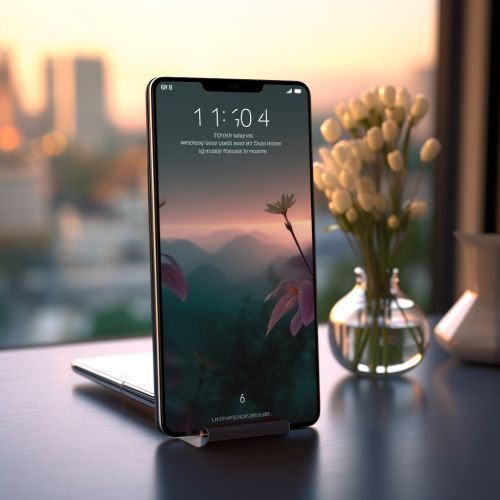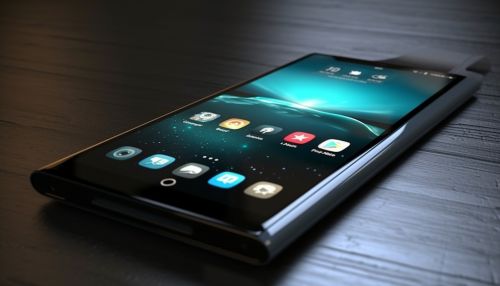Smartphone
Introduction
A Smartphone is a portable device that combines mobile telephone and computing functions into one unit. They are considered to be a key example of advanced technology in the modern era, offering a wide range of features and services that go beyond traditional telephony, such as internet browsing, email, multimedia entertainment, personal information management, and more.
History
The development of smartphones was made possible by advances in microprocessor technology, liquid-crystal displays (LCDs), lithium-ion batteries, and wireless communication. The first smartphones were created in the late 20th century, but they were expensive and not widely adopted. The introduction of the Apple iPhone in 2007 and the subsequent launch of the Android platform in 2008 led to a surge in smartphone popularity.
Design and Functionality
Smartphones are designed to be compact, lightweight, and easy to carry while offering a wide range of functionalities. They typically have a touch-sensitive screen (known as a touchscreen) that displays a graphical user interface (GUI), allowing users to interact with the device's features and applications.


Operating Systems
The operating system (OS) is the software that manages the hardware and software resources of the smartphone. The two most popular smartphone operating systems are Android, developed by Google, and iOS, developed by Apple. These platforms support millions of apps, which extend the functionality of the devices.
Applications
Smartphone applications, or "apps," are software programs that can be downloaded and installed on a smartphone. Apps can provide a wide range of functions, including games, social media, news, weather, and more. The availability of apps is a key factor in the popularity of smartphones.
Security and Privacy
Smartphone security is a significant concern due to the vast amount of personal information that can be stored on the device. This includes contacts, photos, and location data, as well as sensitive information such as passwords and credit card numbers. Many smartphones include features to help protect this data, such as encryption, biometric security measures like fingerprint scanning and facial recognition, and the ability to remotely wipe the device if it is lost or stolen.
Future Trends
The future of smartphones is likely to be shaped by advances in technology such as artificial intelligence (AI), augmented reality (AR), and 5G wireless networks. These technologies could enable new smartphone features and applications, such as more sophisticated personal assistants, real-time language translation, and more immersive gaming and entertainment experiences.
